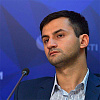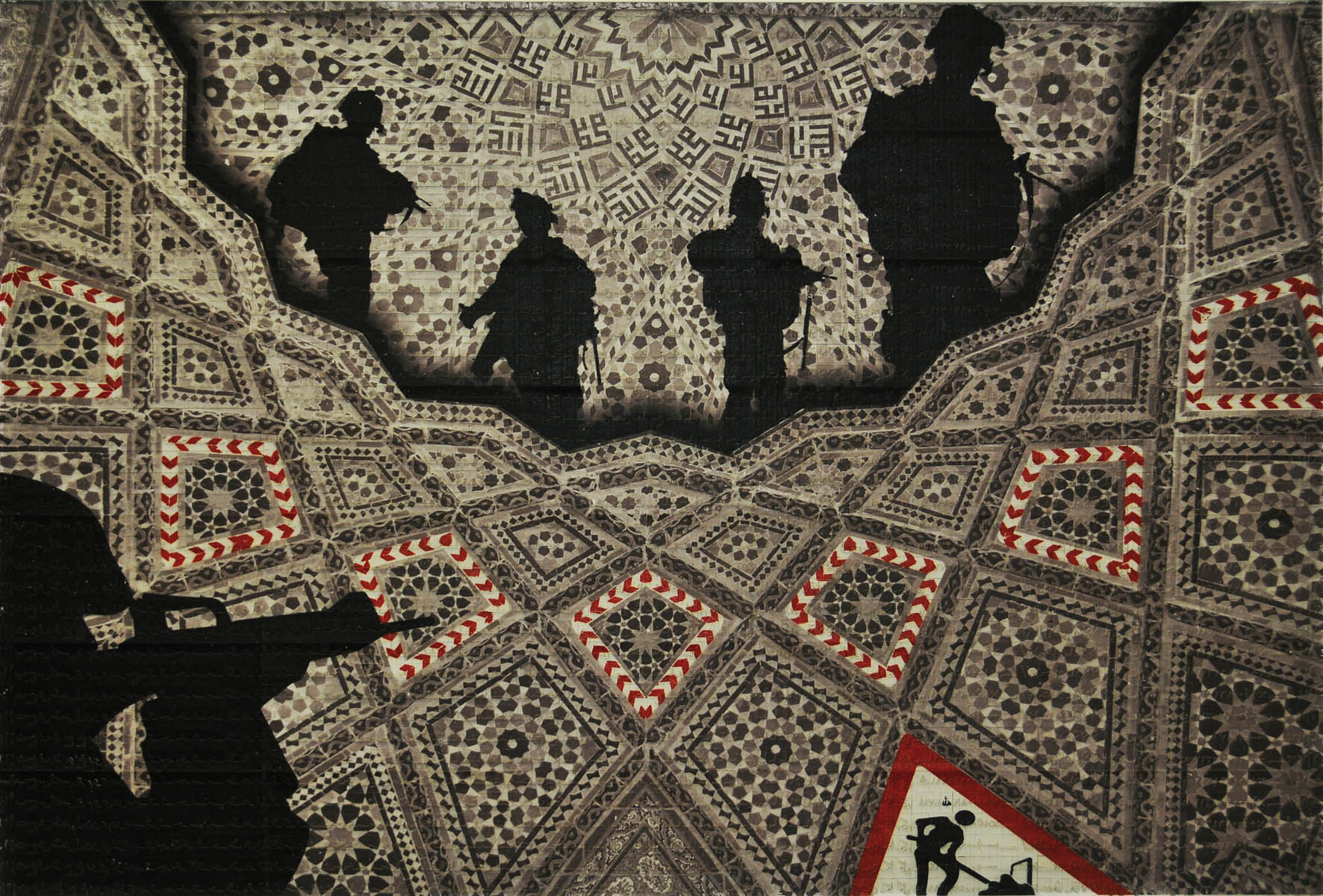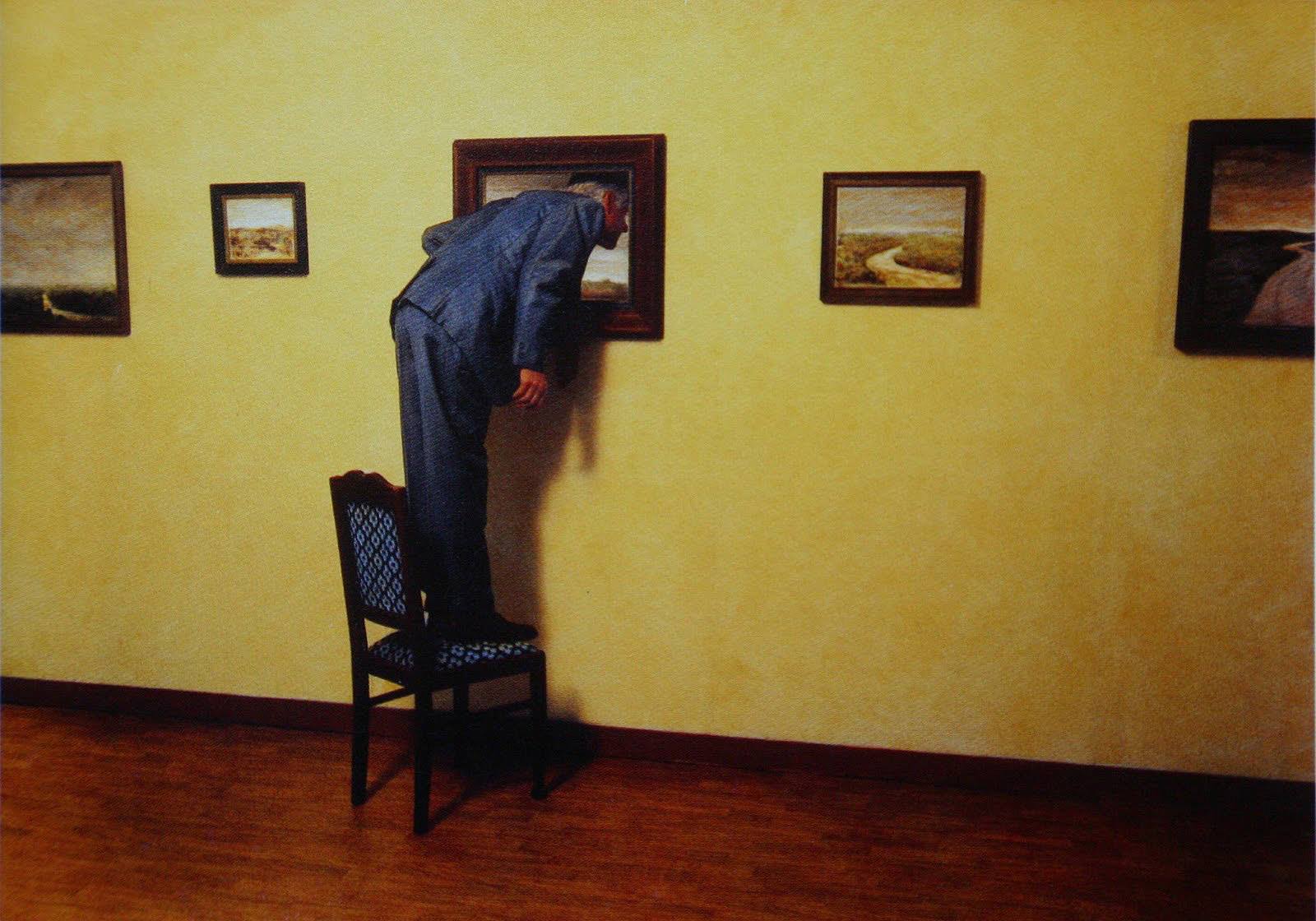Curiously, when analyzing today’s Middle East, researchers label the current situation a “renaissance” of pre-modernity, while allowing postmodernism to retain plurality that is both typical for it and opens up opportunities for archaisms amid a multiplicity of narratives. Nonetheless, since individual traces of the modern and post-modern legacy remain, we move towards transitioning to the next stage: neo-modernity. Here, we can mention such problems as instability of transitions or the pressing nature of identity issues. For instance, there is a problem of distinguishing regions and assigning names thereto: both Western and Russian researchers use the neutral term West Asia and North Africa (WANA) to refer to the Greater Middle East. This instability is owing to the co-existence (and rivalry) of two regional/civilizational political identities (WANA as the Middle East and WANA as part of the Islamic world).
It is important that since neo-modernists appeal to historical, cultural, and civilizational roots, the future neo-modernity outlined above (or will it become some separate state of post-modernity?) makes historicism relevant. This is how Andrey Kortunov distinguished historicism in his article “From Post-Modernism to Neo-Modernism” among the four basic characteristics of neo-modernity.
We will not delve into the matters of individual political forces throughout the world using history to come back to rational neo-modernity while continuing to abide in post-modernity. It is quite possible that this is not an inroad into a new rationality, but another postmodernist trick: humanity is still on a permanent quest, society is satiated with constructed symbols and signs that no longer have any connection with reality. The important thing for us is to contextualize this quest within global development since neo-modernity has not arrived, regardless of how much researchers wish to experience it. We should remember the precedence of simulacra where a simulacrum “precedes and determines the real world.” This development dealt a powerful blow to the historical science, too. In Jean Baudrillard’s opinion, we should get used to the idea that the end is no more and will never be; history has become endless. This state of “precedence of simulacra” has been omitted in Russian discussions, yet we believe that this is precisely the state we will have to emerge from on our way to the potentially outlined neo-modernity. Which brings us back to the discussion of postmodernism and historical science in a broader context.
Middle Eastern countries are playing an increasingly important role in today’s world order. It is therefore vital to focus on the theoretical and methodological discussions that have recently emerged among Russian historians and orientalists, as well as international relations experts. Like in oriental studies (including the political and historical aspects of oriental studies), international relations have traditionally been influenced by historical research methodology. Accordingly, even despite their interdisciplinary nature, these subjects have been affected by challenges encountered in history as a branch of learning.
In the 1990s, Russian historical science abandoned Marxism, yet failed to immediately develop revised theoretical and methodological foundations that would go beyond pure “descriptivism” [1] (even though it did make limited use of interdisciplinarity) and positivist adherence to objectivity and truth as historical science values [2]; the only exception was that the advancement of historical anthropology was understood mostly as synonymous with mindset studies [3]. Nonetheless, it appears important to consider the origins of this progression that classical historical science largely evolved in response to the “postmodernist challenge”, and to overcome the “crisis” of historical science in the 20th century. For clarity, I will continue the discussion launched by Vasily A. Kuznetsov by focusing on the historical and philosophical paradigm of today’s global development, while considering it in light of the Middle East’s transformation.
Before analyzing the “postmodernist challenge” faced by historical science, we should briefly outline Russian orientalists’ latest discussions of postmodernism. As several crises developed in the Middle East and were absorbed by postmodernism (amid the so-called “supremacy of simulacra”), Russian international relations researchers posited the question about today’s international relations transitioning from post-modernity to neo-modernity [4] (or at the very least the question of a post-modernity crisis that stems, in part, from a search for alternatives thereto [5], including such options as meta-modernism or post-postmodernism [6].
Curiously, when analyzing today’s Middle East, researchers label the current situation a “renaissance” of pre-modernity, while allowing postmodernism to retain plurality that is both typical for it and opens up opportunities for archaisms amid a multiplicity of narratives. Nonetheless, since individual traces of the modern and post-modern legacy remain, we move towards transitioning to the next stage: neo-modernity. Here, we can mention such problems as instability of transitions or the pressing nature of identity issues. For instance, there is a problem of distinguishing regions and assigning names thereto: both Western and Russian researchers use the neutral term West Asia and North Africa (WANA) to refer to the Greater Middle East. This instability is owing to the co-existence (and rivalry) of two regional/civilizational political identities (WANA as the Middle East and WANA as part of the Islamic world).
It is important that since neo-modernists appeal to historical, cultural, and civilizational roots, the future neo-modernity outlined above (or will it become some separate state of post-modernity?) makes historicism relevant [7]. This is how Andrey Kortunov distinguished historicism in his article “From Post-Modernism to Neo-Modernism” among the four basic characteristics of neo-modernity.
We will not delve into the matters of individual political forces throughout the world using history to come back to rational neo-modernity while continuing to abide in post-modernity. It is quite possible that this is not an inroad into a new rationality, but another postmodernist trick: humanity is still on a permanent quest, society is satiated with constructed symbols and signs that no longer have any connection with reality. The important thing for us is to contextualize this quest within global development since neo-modernity has not arrived, regardless of how much researchers wish to experience it. We should remember the precedence of simulacra where a simulacrum “precedes and determines the real world.” This development dealt a powerful blow to the historical science, too. In Jean Baudrillard’s opinion, we should get used to the idea that the end is no more and will never be; history has become endless [8]. This state of “precedence of simulacra” has been omitted in Russian discussions, yet we believe that this is precisely the state we will have to emerge from on our way to the potentially outlined neo-modernity. Which brings us back to the discussion of postmodernism and historical science in a broader context.
In his analysis of the “postmodernist challenge” faced by historical science, Alexander I. Filyushkin notes that “postmodernists claim that the past does not exist as such, instead, there is an information field represented in a discourse, and that field is history.” In that sense, “the object of cognition is interpreted not as something external to the cognizing agent, but as something that is constructed in a linguistic and discursive practice” [10]. A historian, therefore, no matter how close they are to understanding their source, i.e. a text, is always subjective and depends on their education and experience. In accordance with this postmodernist approach, a historian is engaged in interpreting and is far removed from their source, both as the event itself and as the meaning the author had endowed their text with. As a result, we obtain a “narrative representing the past and that narrative, strictly speaking, is history” [11].
All these aspects bring history closer to literature, while language and signs “form the foundations of producing the knowledge and discourse of historical science” [12]. It marked a “linguistic turn” [13] in history (spearheaded by the US historian and literary critic Hayden White known for applying structuralism to history) [14]. Post-modernity’s paradigm evolved the “new intellectual history” (Hayden White, Franklin Ankersmit, Dominick LaCapra, etc.) where historical discourse is extremely closely tied with the principles of conceptualizing it [15]. Later, supporters of the third, or middle, way called for conciliating the two extremes, i.e. classical history and literature. At the same time, historical anthropology (that entails interdisciplinarity and is linked with microhistory) also gained traction within the third Annales school [16]. Russian historians noted two research strategies that appeared most promising in the early 21st century: the (later) Annales school and the “new intellectual history” [15].
By the 1990s, the problem of “narrativity and objectivity in historical research” had not lost its relevance; it was to be closely researched and needed a theoretical response. Of course, one response historical science could give consisted in history absorbing theories and methods from other humanities, becoming an interdisciplinary science (for instance, historians began to extensively use methods borrowed from sociology and political science, including quantitative methods). Historians, however, also found other responses to the “postmodernist challenge.” For instance, traditionalist historians believe that by the late 1990s, postmodernists had not created any important historical studies: most works were closer to literature than to historiography as such, and that is the crucial aspect. Additionally, historians noted that text is not the only thing that exists: historical evidence is the repository of the theory of the past, and these theoretical entities are not linguistic in nature [7]; and even if a historian is far off from the essence of a historical fact and analyzes that fact proceeding from their personal experience and necessity, history allows only for “conjectures,” not for “fictions” [18].
***
As history searches for its place, it has revamped image to become something else- a“new history” [19]. New history throws its doors open to multidisciplinarity; influenced by Michel Foucault’s ideas, a historical source now required deconstruction, identifying the causes and conditions of its emergence; current agents and their place in history were now also important for historical studies. The crucial thing for us, however, is going back to the political history of the time of positivists or, rather, not going back, but arriving at a new political history that evolved due to the above-mentioned upgrades of historical science. The path history traveled in the 20th century attests to a methodological plurality making an appearance in historical science.
1. Filyushkin A.I. “‘Postmodernist challenge” and its effect on the current theory of historical science” (in Russian) // Topos. Journal for Philosophy and Cultural Studies 2000 (3), 67–78.
2. Bibikova L.V. “Postmodernism and the Value Crisis of the European Historical Science” // Essays on Conservatism. 2015 (3), 62.
3. Krom M.I. “Historical Anthropology of Russia” / Historical Anthropology. A Study Aid for a Lecture Course (in Russian) St. Petersburg: Dmitry Bulanin, 2000, p. 154.
4. Kuznetsov V. “The Post-Secular Age of the Neomodern in the Middle East” // State, Religion, and Church in Russia and Worldwide 2017 (3), 85–111.
5. Kortunov A.V. “From Post-Modernism to Neo-Modernism” // Russia in Global Affairs 2017 (1), 8–19.
6. Mozheiko M.A. “Today’s Sociocultural Transformations and the Philosophy of Postmodernism: Recent Trends” (in Russian) // Philosophical Sciences 2016 (7), 80–95.
7. Kuznetsov V.A. “From the Ocean to the Gulf: One Region’s Identity in the Context of Neomodernity” // Moscow State University Bulletin. Series XXV. International Relations and Global Politics. 2019, No. 11 (2), 20.
8. Irkhin Yu.V. “A Comprehensive Analysis of Discourses in Politics and Cultural Studies in Postmodernism, Metamodernism, and Neomodernism” (in Russian) // Trajectories of Russia’s Political Development: Institutions, Projects, Actors: Proceedings of the All-Russian Conference at the Russian Association of Political Science December 6–7, 2019. Moscow: Moscow Pedagogical State University Press. P. 175.
9. Lane R. J. Writing strategies: postmodern performance // Jean Baudrillard. New York: Routledge. 2008. P. 129.
10. Filyushkin A.I. “‘Postmodernist challenge” and its effect on the current theory of historical science” (in Russian) // Topos. Journal for Philosophy and Cultural Studies 2000 (3), 67–78; Repina A.P. Postmodernist Challenge and Prospects of New Cultural and Intellectual History. (in Russian) Мoscow: Odissei. 1996.
11. Bibikova L.V. “Postmodernism and the Value Crisis of the European Historical Science” (in Russian) // Essays on Conservatism. 2015 (3), 62.
12. Biesov A.G. “The Tropological Theory of Historical Cognition of H. White and its Application to the Analysis of Works on the Philosophy of History” // History, Philosophy, Political Science, Law, Cultural Studies, and Art Studies. Issues in Theory and Practice. Tambov: Gramota. 2017. Part 1 (5). No. 12 (86), 51–53.
13. Vernon J. Who's afraid of the linguistic turn? The politics of social history and its discontents // Social History. 1994. № 19 (1). P. 81–97.
14. The Question of Narrative in Contemporary Historical Theory // History and Theory. Vol. 23. No. 1 (Feb., 1984). Pp. 1–33.
15. Rusakova O.F. “Methodological Strategies in Today’s Historical Research: The Annales School and the ‘New Intellectual History’” (in Russian) // Academic Yearbook of the Institute of Philosophy and Law, Ural Branch, Russian Academic of Science. Yekaterinburg, 2001 (2), 48.
16. Theory and Methodology of History: A University Student Book (in Russian) / V.V. Alexeev, N.N. Kradin, A.V. Korotaev, A.Ye. Grinin, eds. Volgograd: Uchitel, 2014. P. 227.
17. Bibikova L.V. “Postmodernism and the Value Crisis of the European Historical Science” // Essays on Conservatism. 2015 (3), 67.
18. Vasiliev Yu.A. “‘Crisis of History’: A Crisis in Understanding History” (in Russian) // Knowledge. Understanding. Skill. 2006 (1), 38.
19. Yastrebitskaya A.L. “Introduction: ‘New History’ and a New Image of the Western European Middle Ages” (in Russian) // Medieval Europe As Seen by Contemporaries and Historians: A Reader in 5 parts. / A.L. Yastrebitskaya, ed. Moscow: Interprax, 1995.







